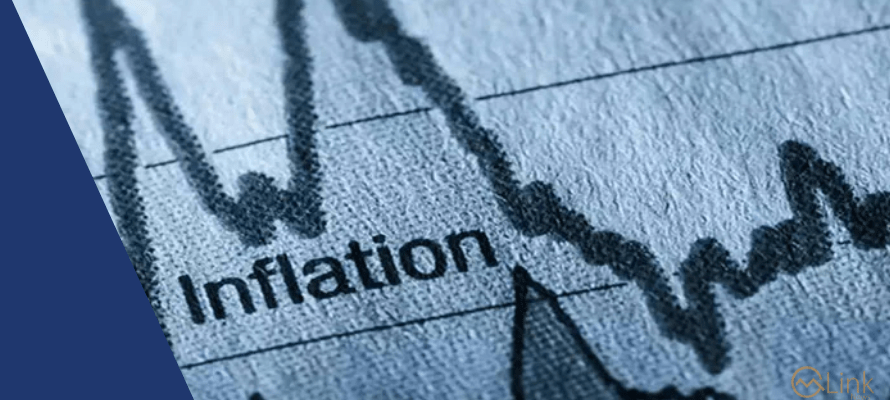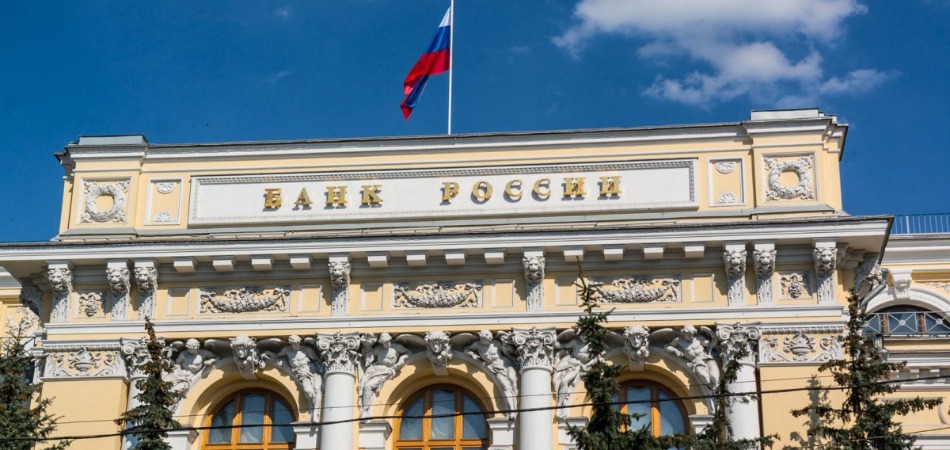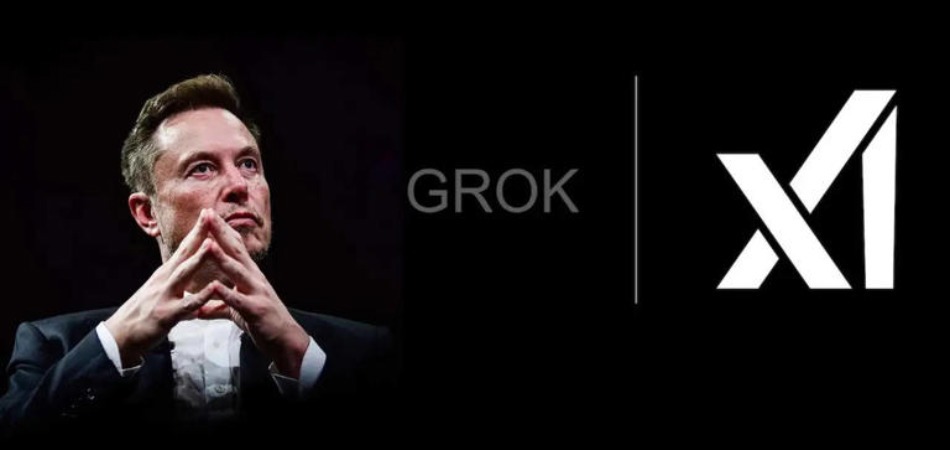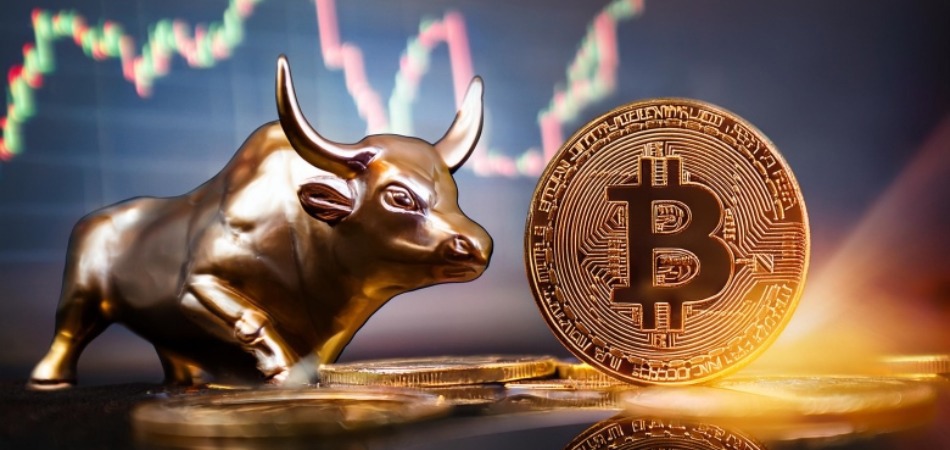US inflation falls below 3%

MG News | August 16, 2024 at 10:24 AM GMT+05:00
August 16, 2024 (MLN): U.S. consumer prices rose moderately in July and the annual increase in inflation slowed to below 3% for the first time in nearly 3.5 years, opening the door wider for the Federal Reserve to cut interest rates next month, Reuters reported.
The report from the Labor Department on Wednesday marked the third straight month of tame consumer price readings and added to a mild rise in producer prices last month in suggesting that inflation was firmly back on a downward trend.
Ebbing inflation aligns with anecdotes from businesses that consumers are pushing back against high prices, through bargain hunting, cutting back on purchases and trading down to lower-priced substitutes.
But with rents pushing higher last month and inflation still above its 2% target, economists said it was unlikely the U.S. central bank would kick off its anticipated easing cycle with a 50-basis-point rate cut, absent a deterioration in the labor market.
A jump in the unemployment rate to near a three-year high of 4.3% in July put a half-percentage-point rate reduction on the table.
"This report shows continued progress towards the Fed's inflation goals," said Scott Anderson, chief economist at BMO Capital Markets. "Nothing in it would keep the Fed from cutting in September, but market hopes for a bigger cut still seem like a long shot."
The consumer price index rebounded 0.2% last month after falling 0.1% in June, the Labor Department's Bureau of Labor Statistics reported. The rise was in line with economists' expectations. Before rounding up, the CPI increased 0.155%.
A 0.4% increase in the cost of shelter accounted for nearly 90% of the rise in the CPI. Shelter costs, which include rents, increased 0.2% in June.
Food prices gained 0.2%, matching June's rise. Higher rent and food prices could continue to weigh on the minds of voters ahead of the Nov. 5 U.S. presidential election.
Grocery store prices edged up 0.1% for a second straight month. Egg prices jumped 5.5%. Meat, fish, fruits and vegetables, and nonalcoholic beverages cost more.
But there were price declines for other food items consumed at home as well as cereals, bakery and dairy products.
Gasoline prices were unchanged after falling for two straight months. The cost of electricity increased marginally, while natural gas prices dropped 0.7%.
In the 12 months through July, the CPI increased 2.9%. That was the first sub-3% reading and smallest gain since March 2021. Consumer prices advanced 3.0% on a year-on-year basis in June.
Annual consumer price growth has moderated considerably from a peak of 9.1% in June 2022 as higher borrowing costs cool demand.
Details of the CPI and PPI reports pointed to tamer July readings of the personal consumption expenditures (PCE) price indexes, which are tracked by the Fed for monetary policy.
Economists' estimates for the PCE price index, excluding the volatile food and energy components, ranged from a gain of 0.1% to 0.18%.
The so-called core PCE price index rose 0.2% in June. Core inflation was forecast to increase 2.6% on a year-on-year basis, matching June's advance.
"Consumers are still mad about inflation, which most people measure by comparing prices today with where we remember them being 'not that long ago,'" said Bill Adams, chief economist at Comerica Bank. "If inflation continues to trend more normally, consumers will become used to higher price levels and frustration over inflation will fade."
Copyright Mettis Link News
Related News
| Name | Price/Vol | %Chg/NChg |
|---|---|---|
| KSE100 | 134,299.77 290.06M |
0.39% 517.42 |
| ALLSHR | 84,018.16 764.12M |
0.48% 402.35 |
| KSE30 | 40,814.29 132.59M |
0.33% 132.52 |
| KMI30 | 192,589.16 116.24M |
0.49% 948.28 |
| KMIALLSHR | 56,072.25 387.69M |
0.32% 180.74 |
| BKTi | 36,971.75 19.46M |
-0.05% -16.94 |
| OGTi | 28,240.28 6.19M |
0.21% 58.78 |
| Symbol | Bid/Ask | High/Low |
|---|
| Name | Last | High/Low | Chg/%Chg |
|---|---|---|---|
| BITCOIN FUTURES | 118,140.00 | 119,450.00 115,635.00 |
4270.00 3.75% |
| BRENT CRUDE | 70.63 | 70.71 68.55 |
1.99 2.90% |
| RICHARDS BAY COAL MONTHLY | 97.50 | 0.00 0.00 |
1.10 1.14% |
| ROTTERDAM COAL MONTHLY | 108.75 | 108.75 108.75 |
0.40 0.37% |
| USD RBD PALM OLEIN | 998.50 | 998.50 998.50 |
0.00 0.00% |
| CRUDE OIL - WTI | 68.75 | 68.77 66.50 |
2.18 3.27% |
| SUGAR #11 WORLD | 16.56 | 16.60 16.20 |
0.30 1.85% |
Chart of the Day
Latest News
Top 5 things to watch in this week
Pakistan Stock Movers
| Name | Last | Chg/%Chg |
|---|
| Name | Last | Chg/%Chg |
|---|




 MTB Auction
MTB Auction